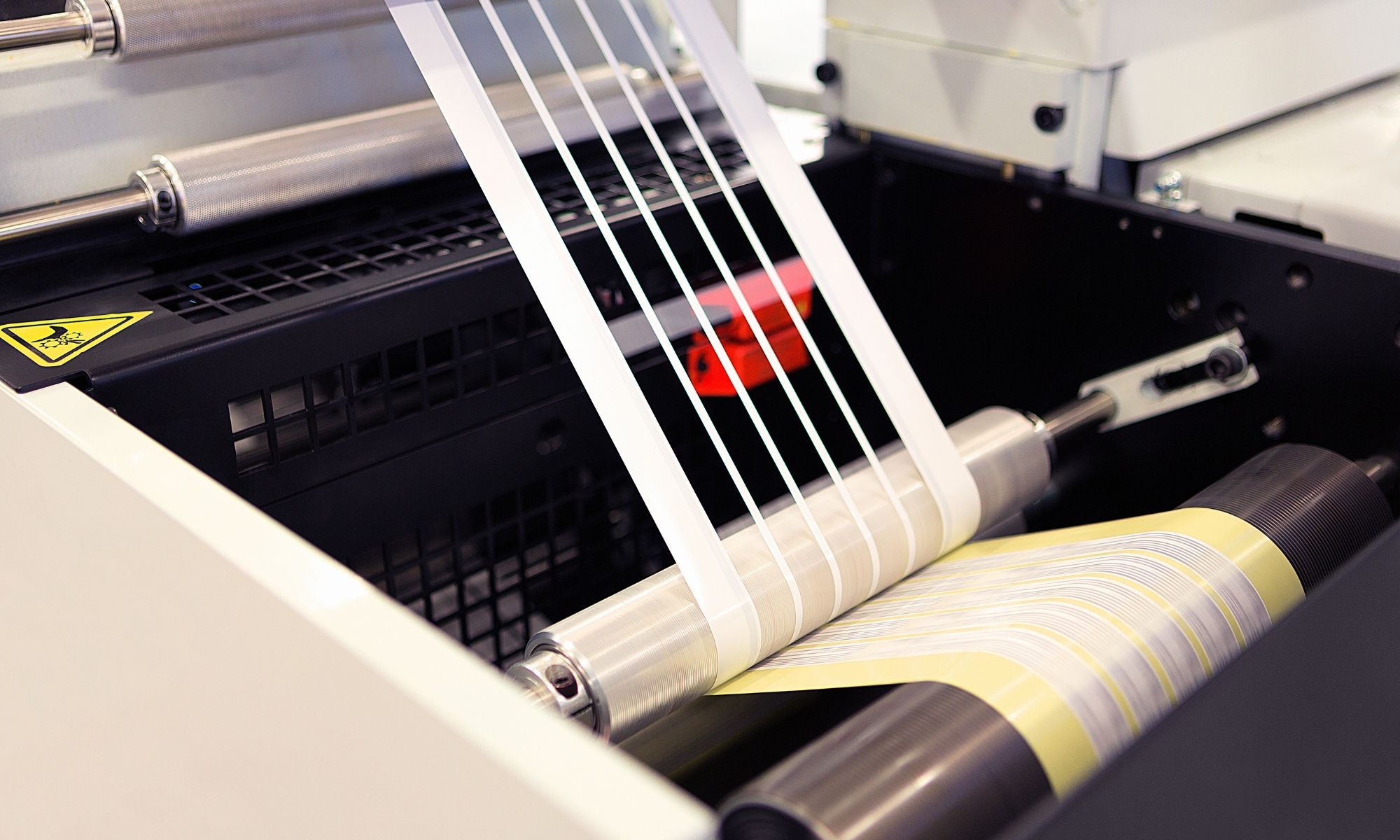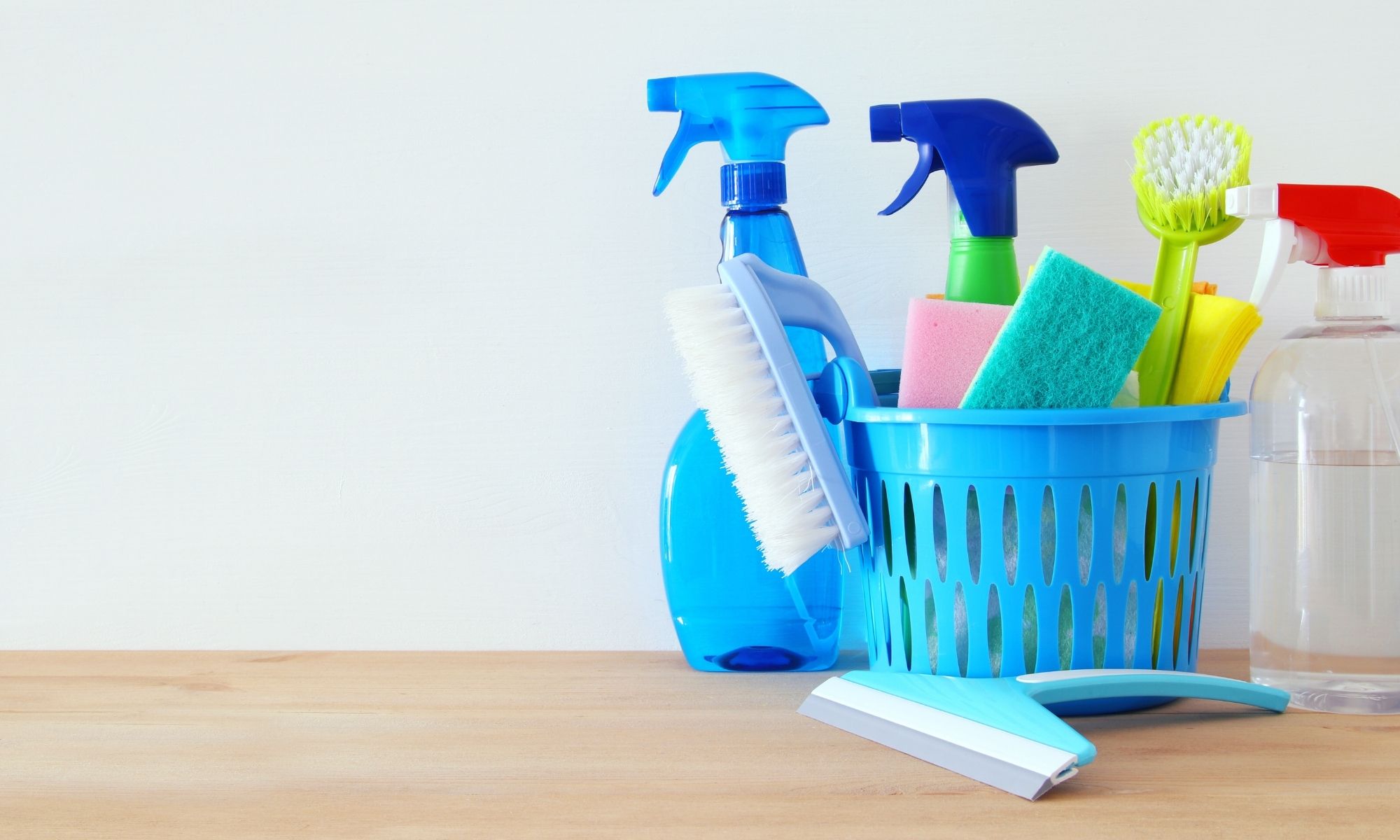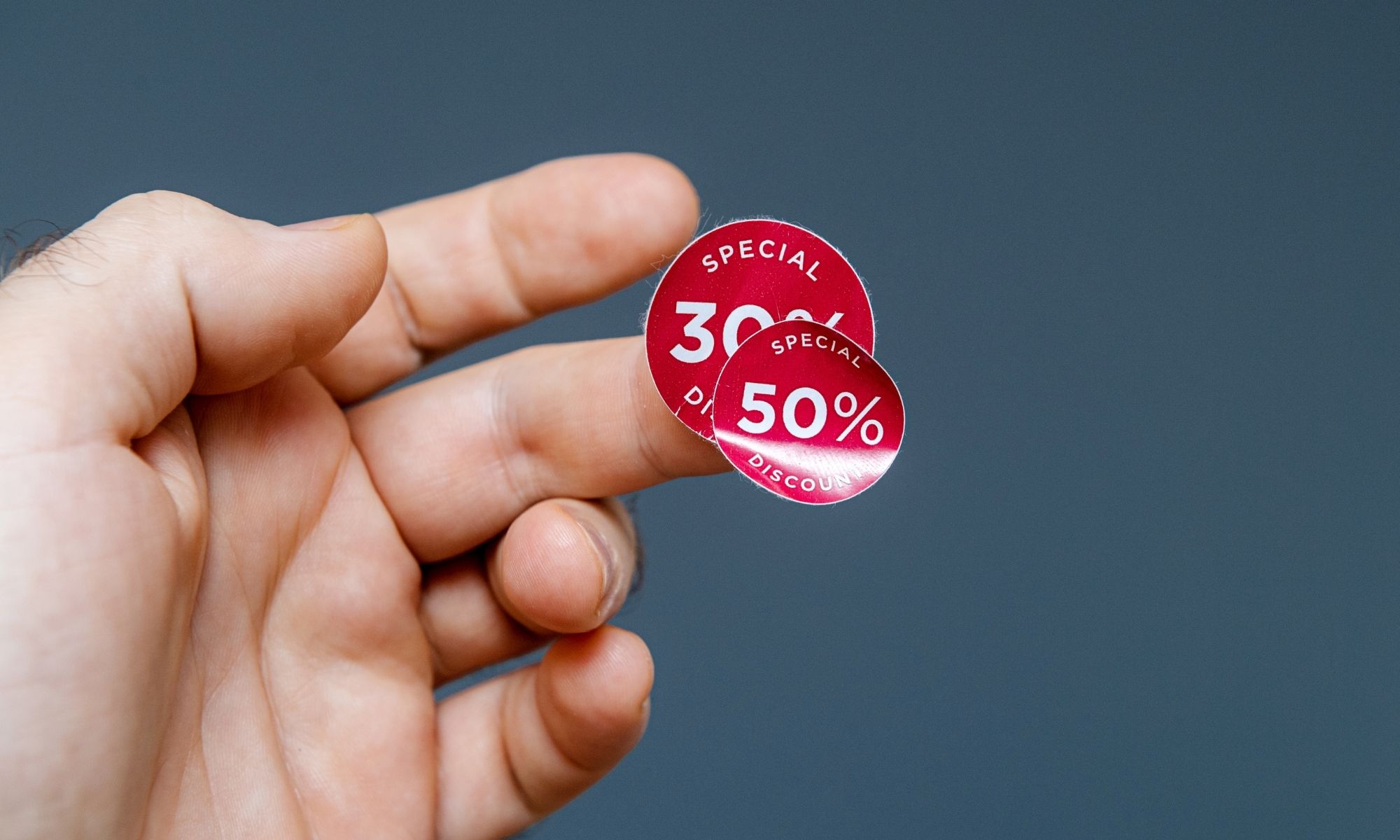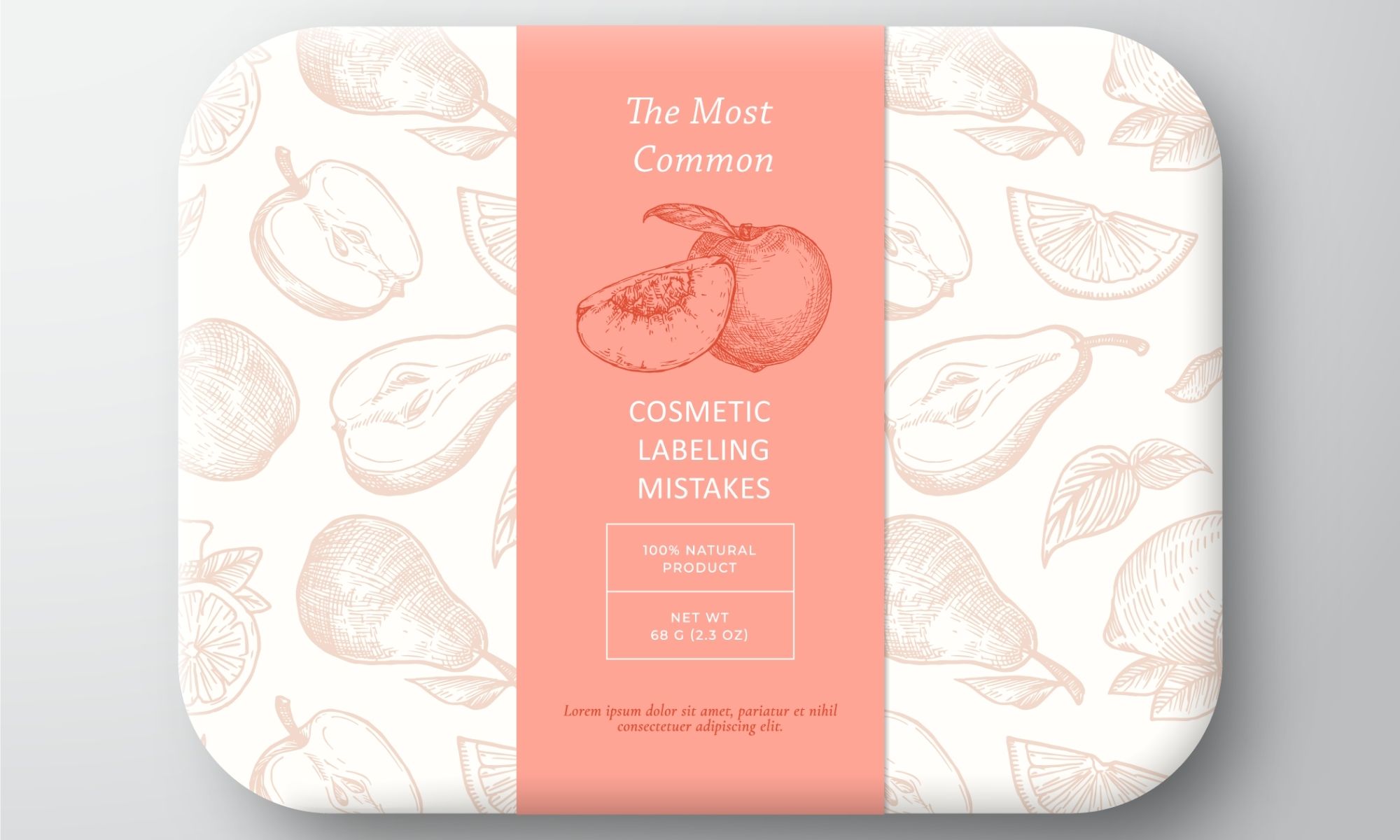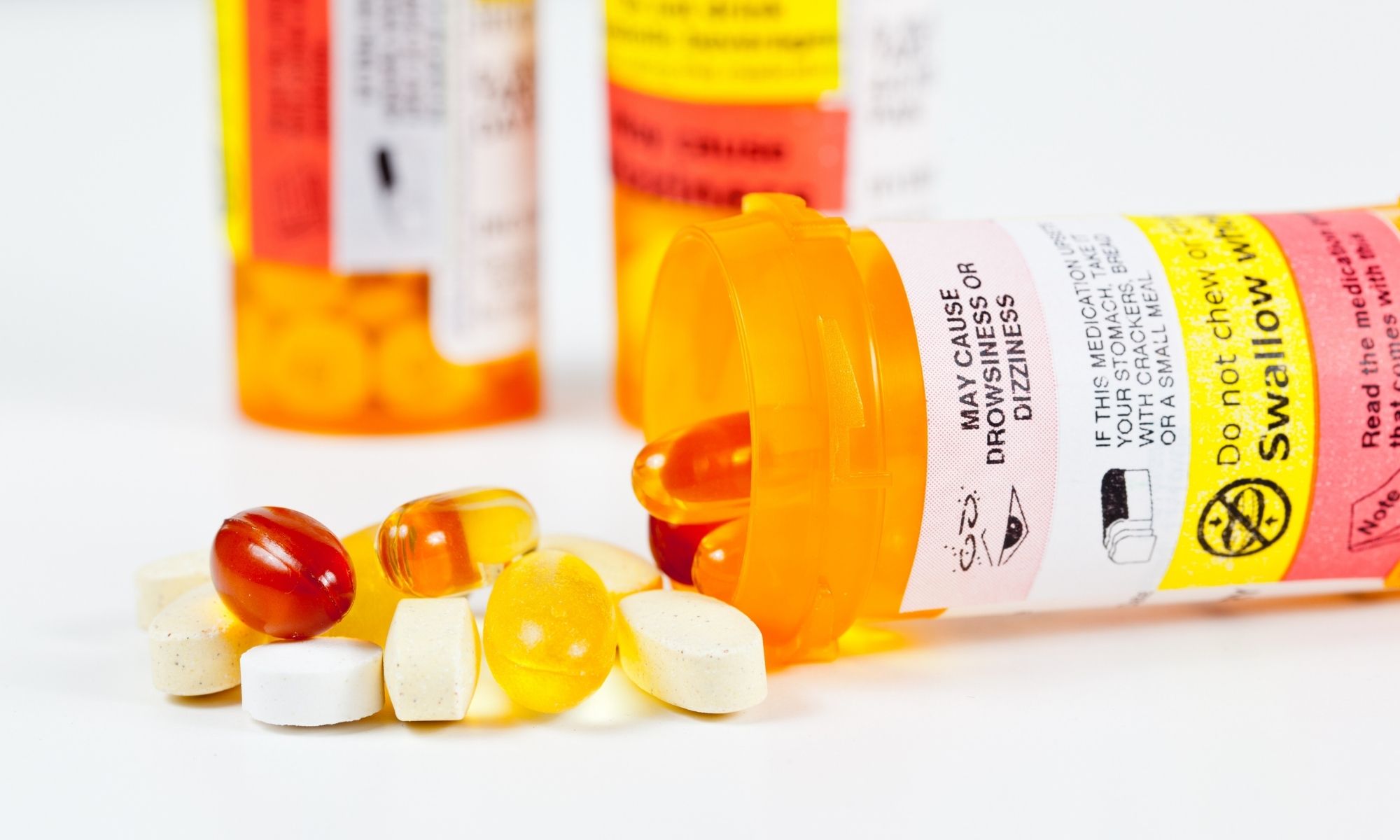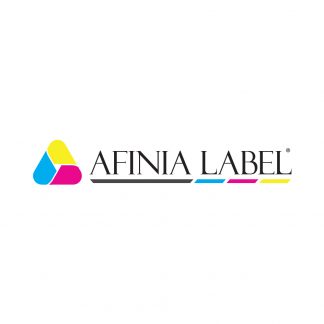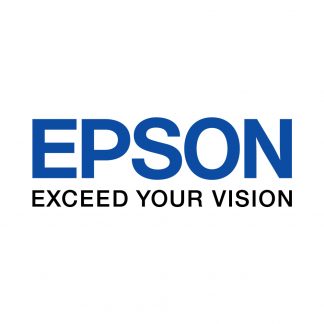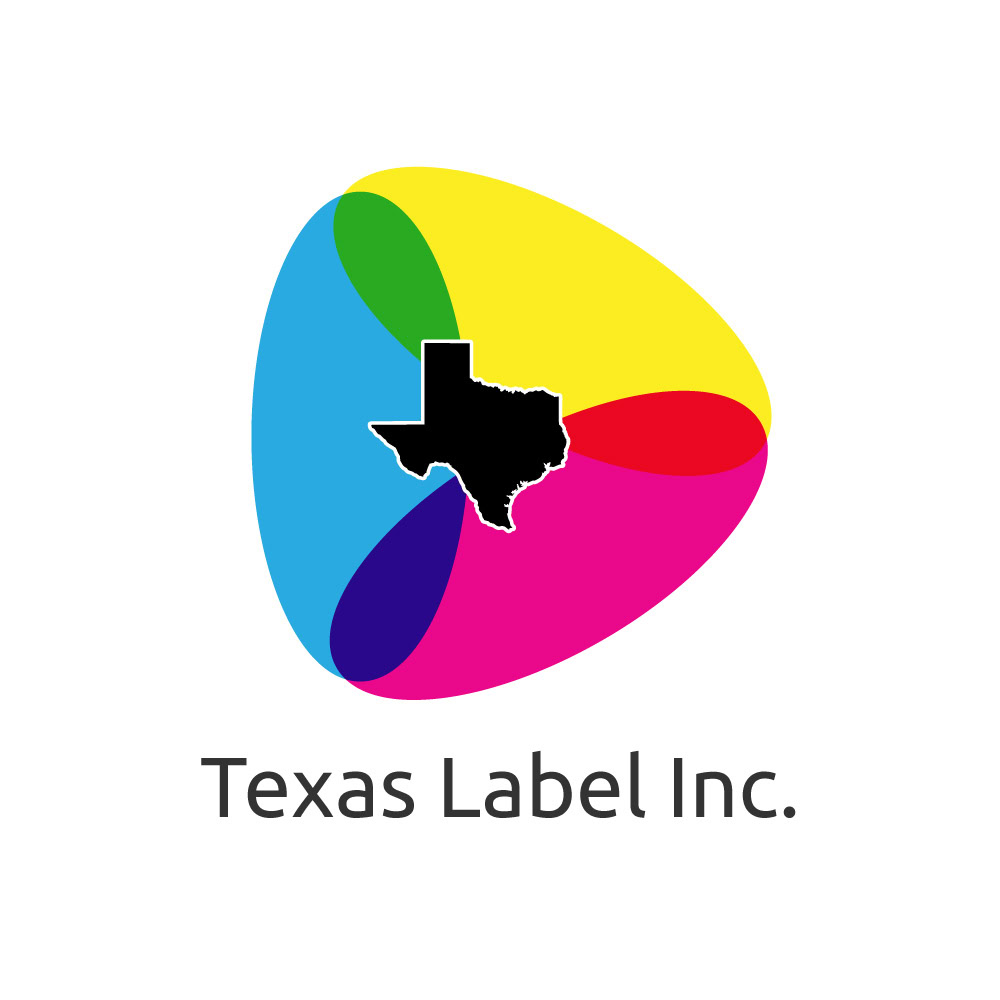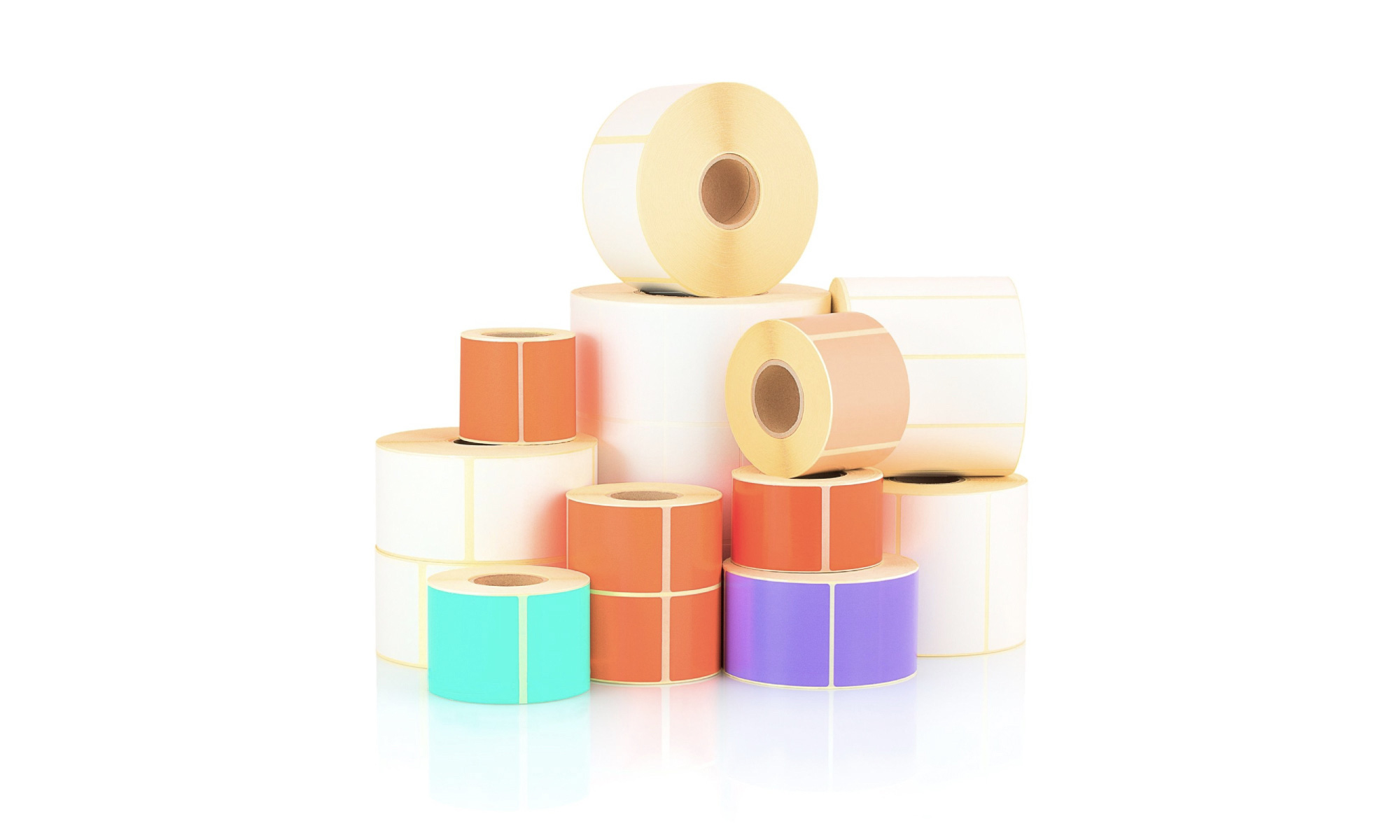
Any manufacturing company knows they will have labels that need to be designed and printed, and this means they will need to choose the material for those labels. One of the first things to consider is what kinds of labels you will need to print. Your company might be printing many different types of labels. Whether these are product labels, shipping labels, or barcode labels, it will be imperative to make sure you choose the correct materials. This will include consideration for not just the paper material the label is made from, but also the adhesives as well. There are also the concerns of conditions that labels will likely be exposed to. If this is a new endeavor for you or your company, all these details might seem new. Labels are generally thought of as a very basic component of a product, but they can actually be what makes or breaks it. Manufacturers rely on shipping labels for getting an item to its proper destination. A label must be made properly in order to function the way it should. If knowing where to begin with picking the best label materials seems intimidating, don’t worry. Here we can help you with your selection with these essential tips for choosing the right label material. Read More »



